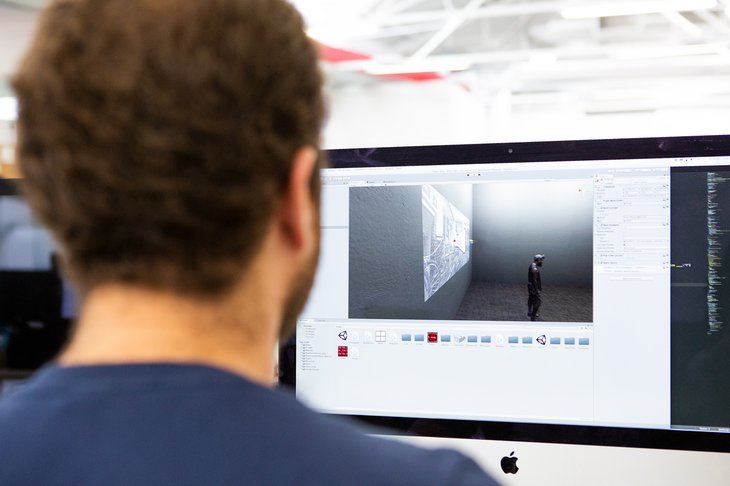Researchers from Porto create a pioneering tool for the study of epileptic seizures
Article

Filipa Brito / Arquivo
Research by a team from the Instituto de Engenharia de Sistemas e Computadores, Tecnologia e Ciência (INESC TEC), in Porto, published in the journal Nature Scientific Reports, allows the “automatic classification” and in “near-real” time of epilepsy seizures trough an infrared radar and three-dimensional (3D) videos.
The computational solution, developed in collaboration with researchers from the University of Munich (Germany) represents an “innovative approach”, as it classifies these neurological events from two-second video samples.
Through “deep learning”, an artificial intelligence technique that mimics on a computer the processes through which human beings acquire certain types of knowledge, using algorithms, “the research shown the viability of a support system for diagnosis and monitoring, which allows to distinguish between seizures originating on the frontal and temporal lobes of the brain (the most common in epilepsy), or non-epileptic events”, clarifies the institute, in a statement.
This tool detects “specific movements in different parts of the patient’s body”, as well as the “dynamics, the biomechanical aspects, speed patterns, acceleration or range of motion” of epileptic seizures, notes INES TEC researcher Tamás Karácsony, quoted in the text.
Epilepsy is a chronic neurological disease that affects 1% of the world’s population. Epileptic seizures are one of the main symptoms of the disease and crucial to diagnose possible occurrences.